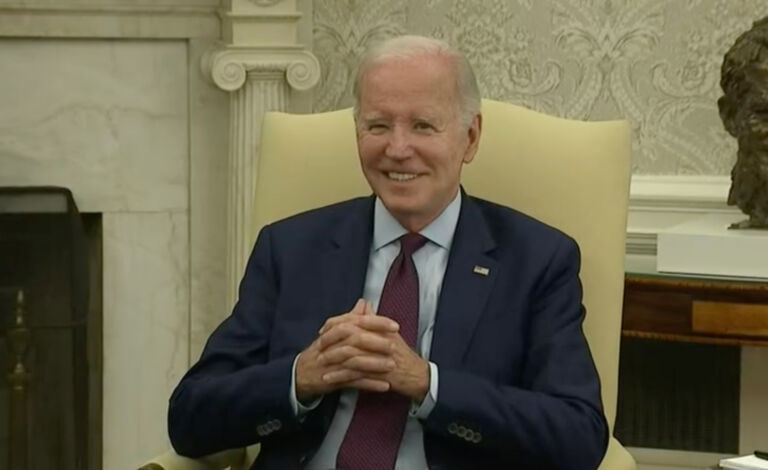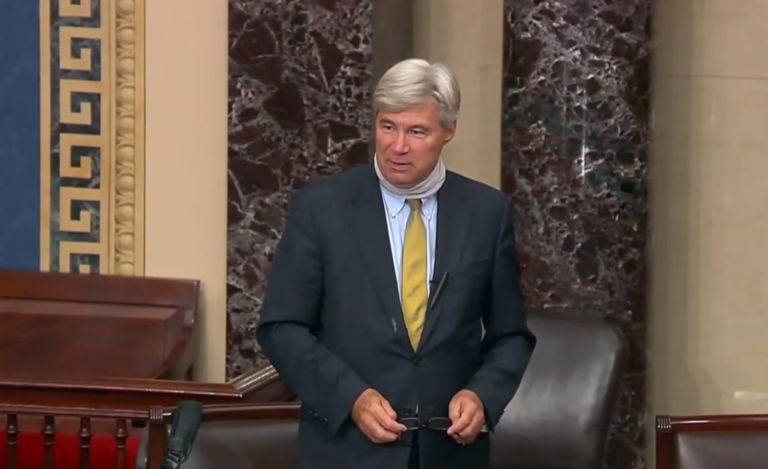During the 2012-13 season, the National Hockey League had a prolonged lockout, which ended in January 2013 and led to an abbreviated season. The News & Observer discussed at the time what the return of hockey meant for Wake County. The paper reported that the Carolina Hurricanes had an estimated economic impact per game of about $1 million. The average home game attendance was just shy of 18,000 fans (17,971).
Bear those figures in mind when reading about an economic impact study of Raleigh’s Rock’n’Roll Marathon. That study, provided by the marathon, estimated total visitors to Wake County of just over 18,000 (18,074, i.e., pretty much the same number of people as a hockey game). It estimated the economic impact of the marathon to be not $1 million, not $2 million or $4 million, but $8.13 million.
Granted, the marathon might attract a greater proportion of out-of-county visitors than a hockey game. But an eightfold higher economic impact is highly dubious.
Not surprisingly, this study of the economic impact of a sporting event relied on IMPLAN economic impact modeling. JLF readers are familiar with this "model of choice for special interests seeking public largesse," which reliably estimates fantastic returns on public spending since it avoids accounting for opportunity costs and employs questionable multipliers. Sports economist Donald A. Coffin put it this way:
Those of us who do sports economics and urban economics seriously are almost constantly having to push back against those kinds of studies. The single most disturbing aspect of the IMPLAN model for local economic analysis is the wildly unreasonable values th[ey] have for multiplier effects (compared, for example, with the BEA’s Regional Input-Output Modeling System). IMPLAN is exactly what you describe it as, a "model" designed to generate large impact numbers to please a client who wants to lobby someone.
Those "wildly unreasonable" multiplier effects are quite manipulable, and sometimes they can lead to competing ridiculous results. Consider the economist asked to estimate the economic impact of a 10-day town festival featuring over 60 events. He offered an estimate of $16 million, and officials vociferously objected. Turns out they had just received an economic impact projection of $30 million from a three-day rodeo event. So the economist asked to see the other study, used its assumptions, and returned with an estimate of "more than $321 million."
I demonstrated earlier this year how it would appear if the General Assembly took at face value the economic impact studies produced by the renewable energy interests and motion picture producers. The film industry’s finding of a return of $9.11 per tax dollar received was amazing, yes, but it was chump change next to the renewable energy industry’s finding of a return of $19.32 for every tax dollar received. State leaders taking those studies seriously would have to conclude that the state was costing itself over a billion dollars per year by investing in the wrong cronies.
Note to the General Assembly: That would be the wrong conclusion. The proper conclusion is that the state is losing money on both endeavors. Here’s a hint: actual powerhouse industries don’t need life support. News stories on film and solar consistently make the self-defeating case that the industry is strong and vibrant but would collapse if state support went away.
Back in Wake County, some local Raleigh businesses were unconvinced by the marathon’s study, the N&O reported. Their comments included examples of those opportunity costs that such studies typically ignore (emphasis added):
Some businesses around the race route said they didn’t see a jump in business. Across from the finish line on Fayetteville Street, La Volta Italian restaurant hosted a post-race party for 100 people, general manager Michael Longo said.
But Longo said that boon was offset by an unusually light dinner crowd on Saturday night before the marathon. The street in front of the restaurant was already blocked to prepare for the event, keeping some regulars away.
"We only got a few racers in here to carb up" Saturday night, Longo said.
And on Hillsborough Street, traffic was blocked through early Sunday afternoon as runners passed by. Reader’s Corner owner Irv Coats said sales for the day dropped more than 20 percent. Coats didn’t notice any runners or spectators drop in to browse the shelves.
"It didn’t help," he said of the race. "The day was pretty much a bust." …
Rock ‘n’ Roll will return to Raleigh in April for the next four years. Some businesses are hoping they’ll be left off the race course next year."Our business is based on regulars, not the mythical people who are supposed to be coming to Raleigh for the races," said David Sullivan, who owns Cup A Joe on Hillsborough Street.
Just out of curiosity, what if we heeded the economists’ rule of thumb regarding industry economic impact studies: "take the boosters’ estimates and move the decimal place one point to the left"?
That would make the estimated economic impact of the marathon, a sporting event drawing about 18,000 people to the area, around $813,000. It would be about the same as the estimated economic impact of a professional hockey game, a sporting event drawing about 18,000 people to the area.
It would put the estimates in the same ballpark, at least.
Click here for the Rights & Regulation Update archive.
You can unsubscribe to this and all future e-mails from the John Locke Foundation by clicking the "Manage Subscriptions" button at the top of this newsletter.


